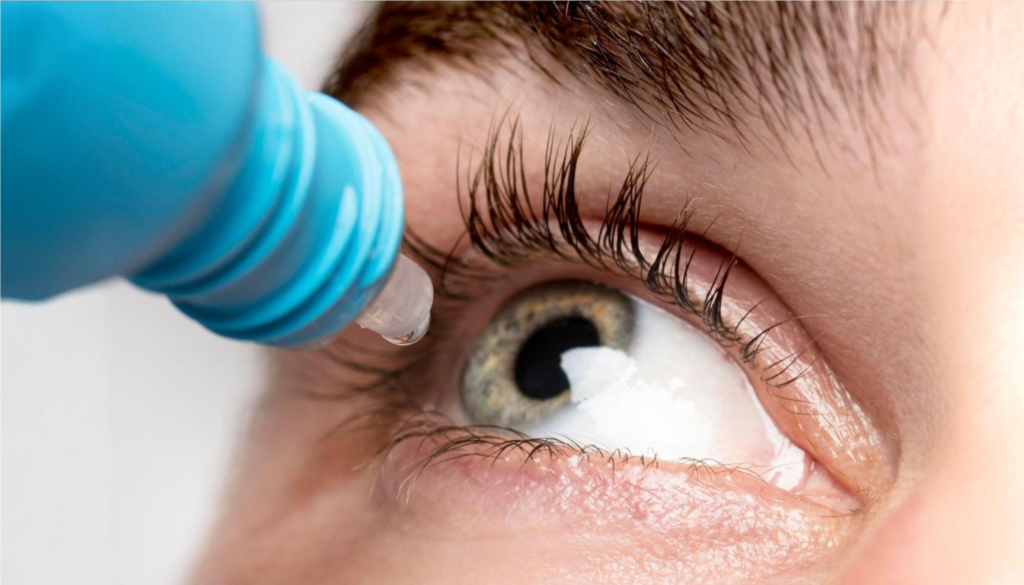The American Academy of Ophthalmology (AAO) recently debunked a common misconception about dry eye disease: it’s not always caused by a lack of tears. As eye health experts at Associate Ophthalmologists have been saying for years, dry eye disease is a complex condition often related to tear film instability. Misunderstandings about eye health are common, and because of this, regular eye exams are crucial. Catching potential eye problems early can prevent serious vision issues down the line.

The article titled “Lack of Tears in Dry Eye Is a Myth: It’s All About Tear Stability” highlights a global topic of dry eyes.
Understanding Dry Eye Disease
Dry eye disease, or DED, can manifest in various ways, from mild discomfort to significant visual impairment. While many believe that they do NOT have dry eyes because they have watery eyes, it’s important to note that DED isn’t just about quantity, but quality of tears that matters. It is “not due to a lack of tears but is instead a ‘multifactorial condition characterized by a persistently unstable tear film and/or deficient tear film’.”
DED can be asymptomatic or present as various levels of discomfort and/or visual impairment. For example, constant blinking and temporary improvement of vision upon blinking, ocular sensitivity to dry, cold, or windy conditions. These are just a few regular events that occur with dry eyes. Additionally, there are structural changes such as variable amounts of ocular surface epithelial changes, inflammation, and neurosensory abnormalities. These findings commonly associated with dry eyes can be confirmed only during exam and testing.
“Dr. Pflugfelder said that evidence reveals DED to be a heterogeneous disease consisting of aqueous-sufficient and aqueous-deficient types, with tear instability common to both.”
- Aqueous-sufficient DED: A result of meibomian gland dysfunction, leading to poor tear quality.
- Aqueous-deficient DED: Often associated with conditions like Sjogren’s syndrome, which can reduce tear production.
| Type of Dry Eye Disease | Cause | Symptoms |
|---|---|---|
| Aqueous-sufficient | Meibomian gland disease | Dryness, irritation, blurred vision, light sensitivity |
| Aqueous-deficient | Sjogren’s syndrome | Dryness, irritation, blurred vision, light sensitivity |
Read our own article to learn more about Dry Eyes, their symptoms, and treatment options we provide.
Prioritize Your Eye Health
Don’t let dry eye symptoms interfere with your daily life. If you experience dry eyes symptoms, schedule a comprehensive eye exam. Our experienced eye care professionals can diagnose the underlying cause of your dry eye on your regular or comprehensive exam. We will develop a personalized treatment plan to restore your eye health and comfort.
Schedule a comprehensive eye exam today to determine the underlying cause of your dry eye and explore effective treatment options. Early intervention can help prevent complications and improve your eye health.
- Categories
- News (23)
- Tips (14)
- Uncategorized (1)